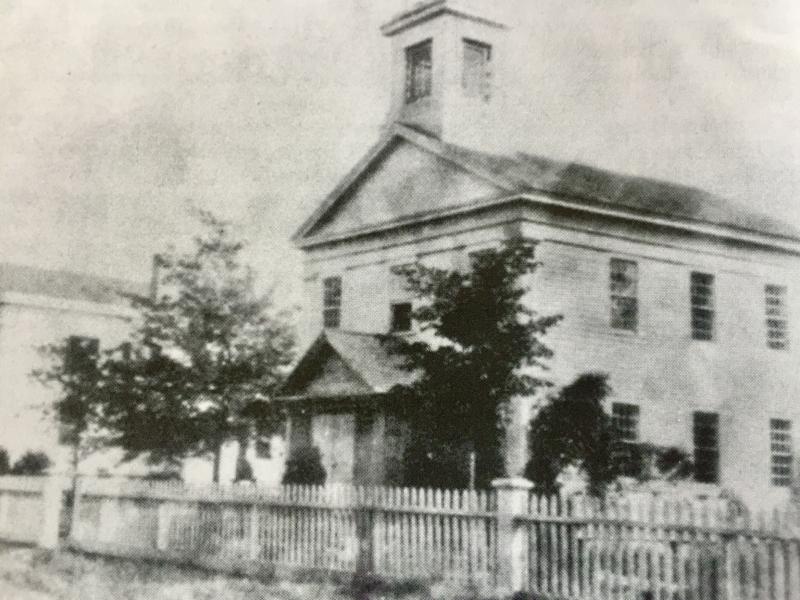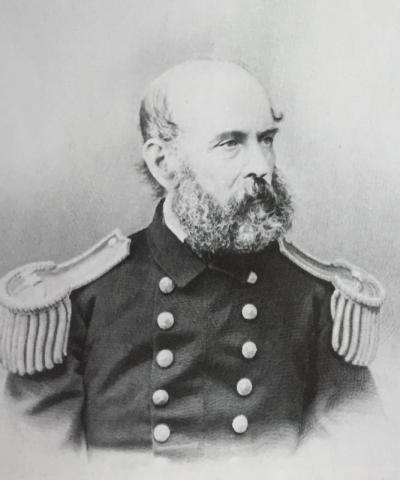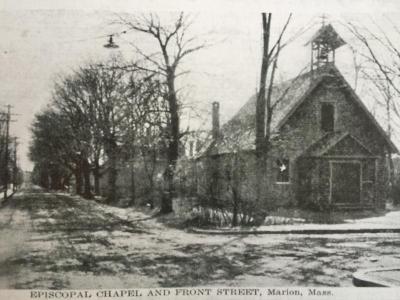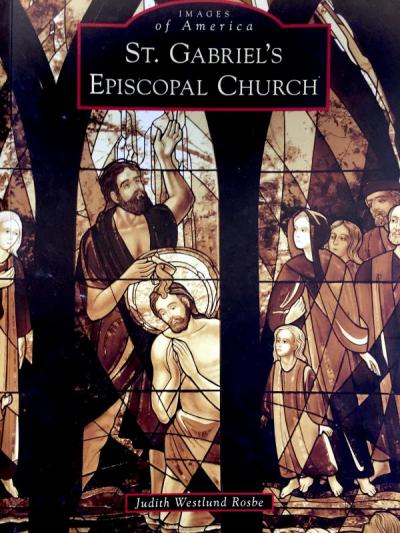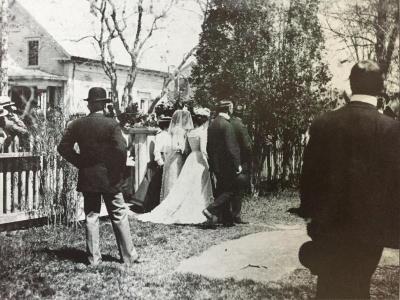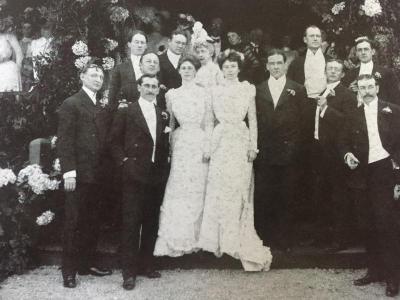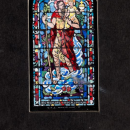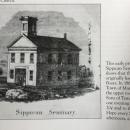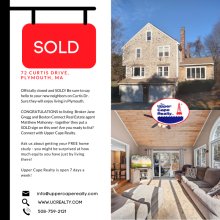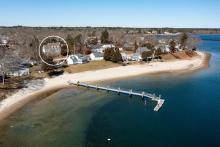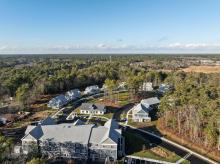History book celebrates 150 years for St. Gabriel’s church
MARION — When Rear Admiral Andrew Harwood found himself in a fierce storm at sea, he prayed to the Archangel Gabriel to spare him, vowing to start a church in the angel’s name if he lived.
He did — and when he got back to shore he bought a church for $700.
St. Gabriel’s Episcopal Church is celebrating its 150th anniversary this year with an eponymous book, written by parish historian and Sippican Historical Society board member Judith Rosbe and released in March.
Although larger celebrations are currently on hold due to covid, Rosbe said, the church hopes to hold an event this summer to mark the occasion.
This is the sixth book on Marion’s local history that Rosbe has written.
Others are on topics like the town’s historical homes, its relationship to the sea — everything from hurricanes to the salt industry to boatbuilding — and books on notable organizations like the Beverly Yacht Club and the Marion Art Center, Rosbe said.
“I majored in history,” she noted, adding that she has been on the historical society’s Board of Directors since 1978. “I’m really involved with it.”
She has also written about Marion in the “Golden Age” at the turn of the century, when the town was a summer hotspot for many famous artists, actors, and even President Grover Cleveland.
“In between [presidential terms] — those four years that he wasn’t president — he came to Marion and summered here, because he liked to fish,” she explained.
From the 1880s through the early 1900s, Marion was also a summer haven for names like Henry James, Mark Twain, illustrator Charles Dana Gibson, and actor Ethel Barrymore.
Barrymore was actually maid of honor at the 1899 wedding of artist Cecil Clark to one of the country’s most famous journalists, Richard Harding Davis, at St. Gabriel’s.
A chapter of Rosbe’s book covers their wedding day, which saw photographers and journalists lined up outside the chapel to glimpse the famous couple.
The original chapel at St. Gabriel’s was built in 1847 as a private school for the daughters of whaling captains, later becoming a public school before Admiral Harwood bought it at auction in 1871 to establish St. Gabriel’s.
One of the building’s most notable features is its stained glass windows, 11 of which were made by prominent glass artist Charles J. Connick.
“I discovered they were done by the most famous stained glass artist of the 20th century,” Rosbe said. “So I did a chapter on that.”
Although the church previously published a book of its history for its centennial, Rosbe said this one contains additional information — the previous book didn’t mention the stained glass windows — and far more images.
The photos come from the church archives, which were given to the historical society to preserve.
“I hadn’t written anything for quite a while, and when the church approached me, I decided I would,” Rosbe said of her latest book, which she did mostly pro bono.
“The only thing was I got five free copies of the book,” she laughed.
Titled simply “St. Gabriel’s Episcopal Church,” the book is part of a series called “Images of America” from Arcadia Publishing, and is available for sale from St. Gabriel’s or from the Sippican Historical Society.
All proceeds from sales go to the church.



